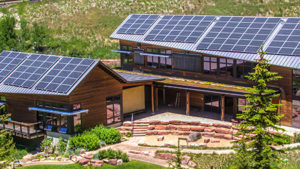A LEED Certified Campus
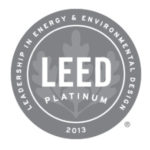
Walking Mountains’ campus design inspires and teaches by showcasing the latest technologies in sustainable building and design. By using innovative systems such as an efficient building envelope, passive and active solar, ground source heat pumps, vegetated roofs, and sustainable building materials, we became the first science center in Colorado to achieve LEED Platinum Certification.
In fact, many of the components even go above and beyond LEED certification. Our four buildings, constructed by RA Nelson, consume only half the energy of a typical school building.
Real Time Energy Features on Campus
The Avon Tang Campus
Walking Mountains Campus from RA Nelson on Vimeo.
A Glimpse at our Energy Saving Features
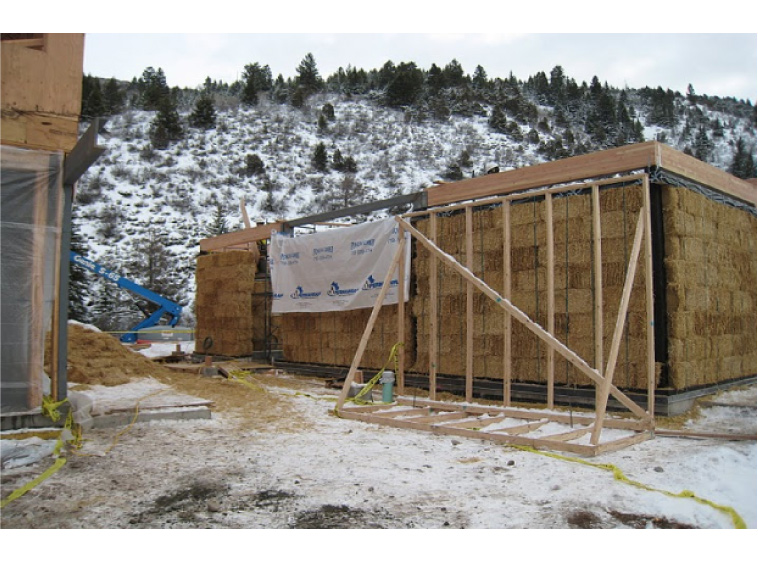
Straw Bale Insulation
Straw bales used to line the interior walls of our building help create a higher R-Value. R-Value, also known as thermal resistance, measures insulating material's resistance to conductive heat flow. The higher the R-Value the greater the insulating power and effectiveness! With an R-Value of R40 (compared to a normal R-value of R20) our building loses heat at a slower rate. This means that we're not using as many natural resources, like natural gas and electricity, to heat our space!
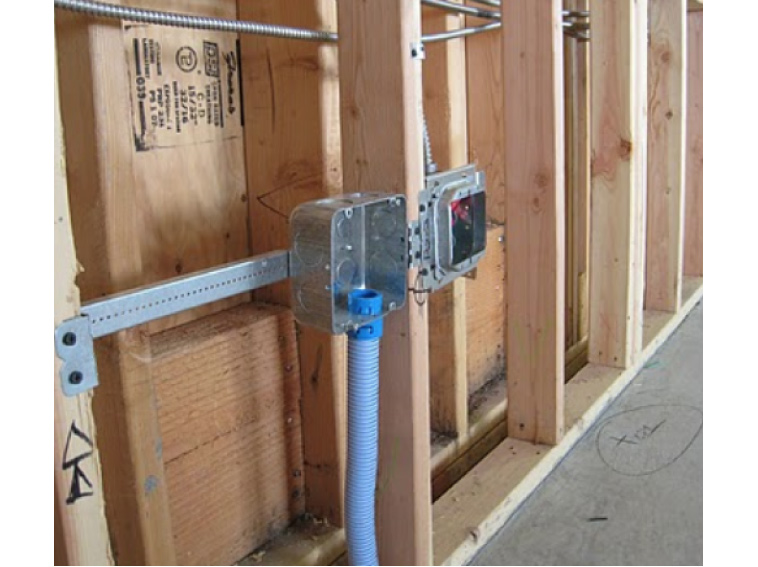
Recycled Building Materials
The wood exterior used to build Walking Mountains Science Center came from Lodgepole Pine trees killed by the Mountain Pine Beetle. This beetle carries a blue stain fungus that attacks the trees by choking it of its nutrients. Using the wood from dead Lodgepole Pines helps free up space for new trees and provides sustainable lumber.
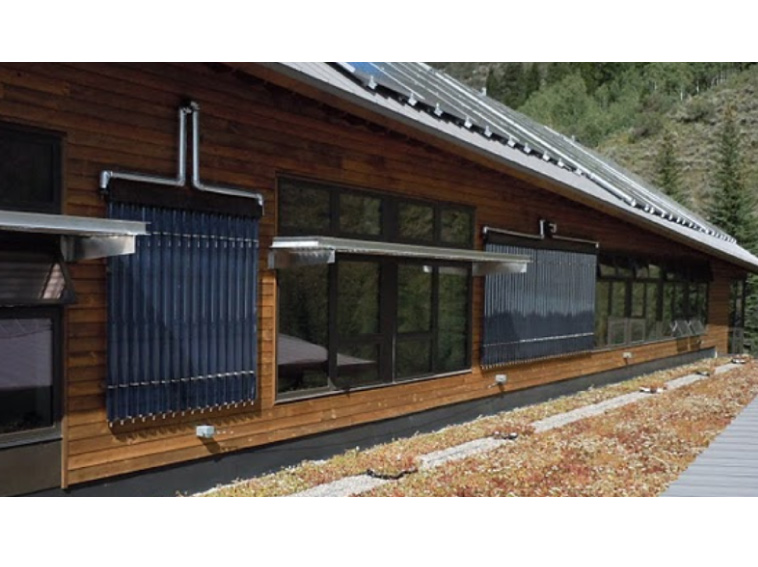
Solar Water Heating System
1. Evacuated Tube - Converts solar energy in usable heat. A vacuum between the glass layers in the tube acts as insulation to prevent heat loss.
2. Heat Pipe - A copper vacuum pipe that transfers the collected heat into the manifold.
3. Manifold - A box at the top of the system that holds the copper header pipe (a pair of copper pipes with sockets for the heat pipes to plug into).

Electric Vehicles
Our electric vehicles are available for staff to use for fossil-fuel free commuting. Our Energy Programs team uses this vehicle to travel to their home energy audits and to help businesses throughout Eagle County learn how to be more energy efficient. Our electric vehicles are one of the ways Walking Mountains is able to avoid adding additional carbon dioxide emissions into our atmosphere. We have an electric vehicle (EV) charging station here at Walking Mountains that is free for guests to use. Find out more about getting your own charging station and learning how EVs work at our Energy Resource Center near the front doors or click here.
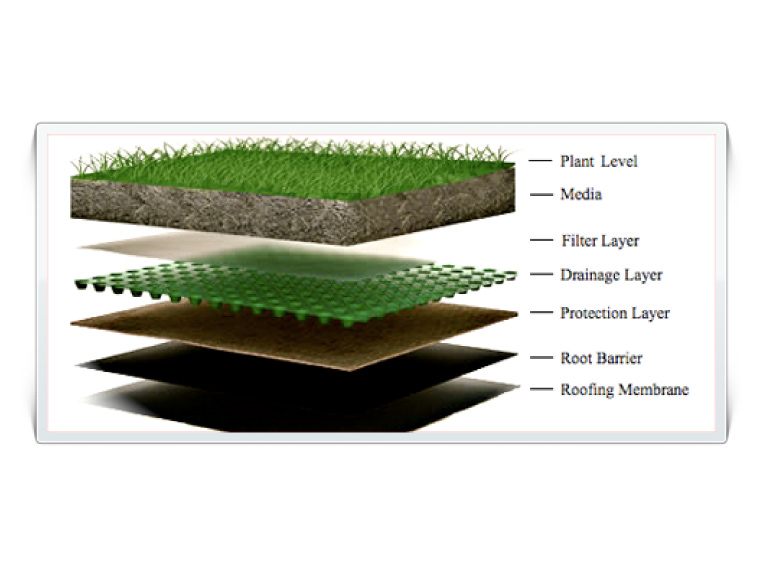
Green Roof
Green roofs reduce the volume of stormwater flowing into streams and drainage channels. Decrease toxins that flow into our waterways by absorbing pollutants. Provide better insulation. A shaded roof surface helps to cool the building in the summer and acts as a blanket to conserve warmth in the winter. Lengthen the existing roof life by 2 to 3 times its regular durability. The roof deck is better protected from UV rays, weather damage, and extreme temperature differences. Improve air quality by converting carbon dioxide into oxygen. Provide habitat for diverse plant and animal species including beneficial insects and songbirds. Add beauty and nature to an urban environment.
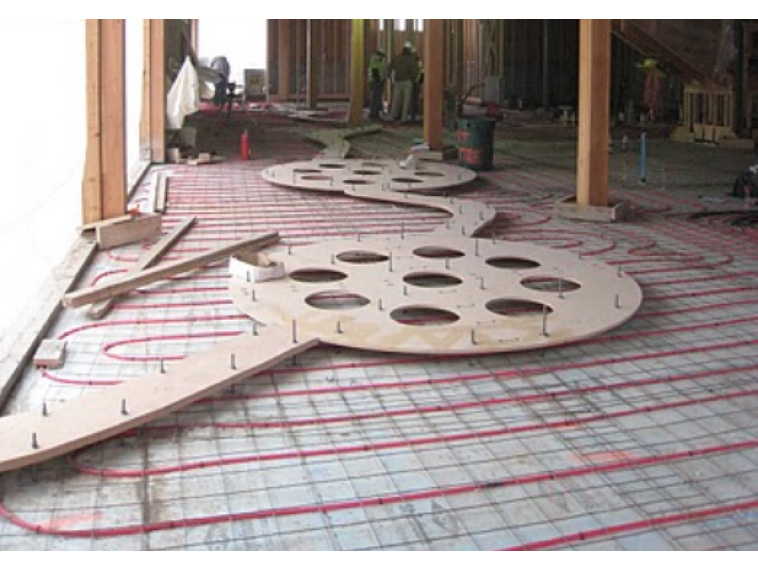
Geothermal Heating
Not only do we utilize heat from the sky, but we also utilize heat from the ground! Our geothermal system takes heat from deep inside the earth's crust, closer to the mantel. A mix of water and glycol circulates through an underground loop system 250 feet deep into the Earth's crust. A ground source heat pump creates a pressure change that heats the water/glycol mixture. It is under pressure from 50 degrees to 110 degrees F. The heated mix travels through our radiant floor heating system to warm the building
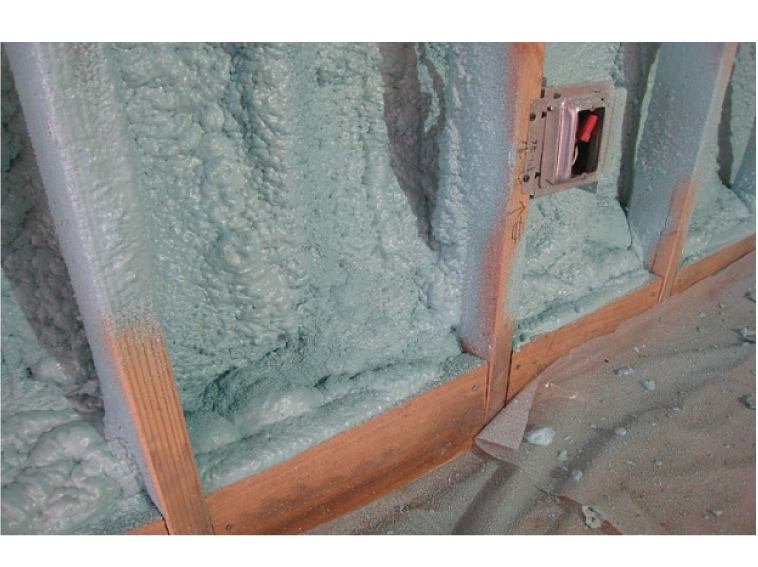
Building Envelope
Insulation enables a tight building envelope, which prevents heat loss through r-value or leakage. Besides the straw within our walls, we have spray foam insulation, double paned windows, double walls, and insulation that fully connects from floor to wall. Having tight building envelopes make our buildings 75%-80% more efficient than typical buildings.
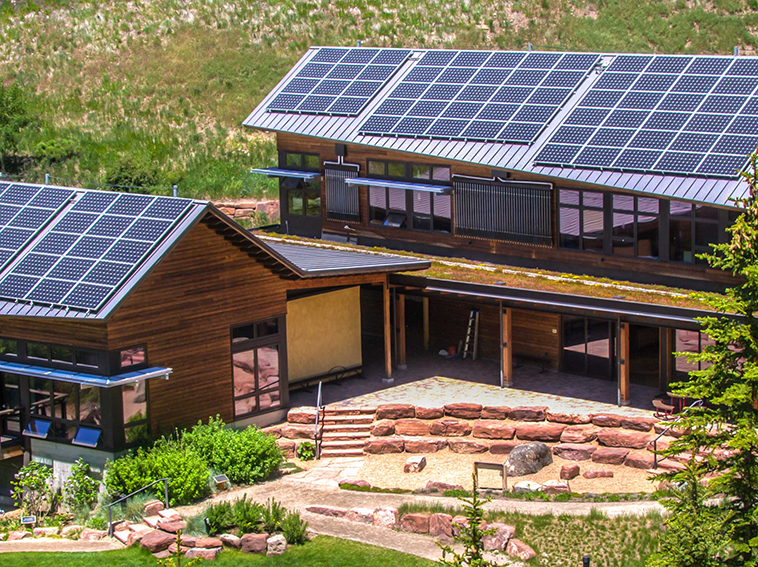
Solar PV- photovoltaic
Solar panels are made up of smaller units called solar cells. Solar cells are most commonly made from silicon, which is the second most abundant element on earth! When photons (light) shoot out from the sun, the titanium in them absorbs the photons. The photons strike the silicon cells with enough energy to knock an electron from its bond, creating an electric current. The negatively charged electron is now free to move around. The mobile electrons are collected at the top of the Silicon cell. From there they flow through an external circuit where they do electrical work, like power a light bulb, before returning to the electrical aluminum sheet. Electrons are the only moving parts in a solar cell and they all go back where they came from (there's nothing to get worn out or used up) so solar cells can last for decades!
Borgen Precourt Center for Sustainability Building Resources
An All Electric Building
Efficient Design
Energy Demand
Energy Monitoring
Net-Metering
Upcoming All Ages Programs Events
